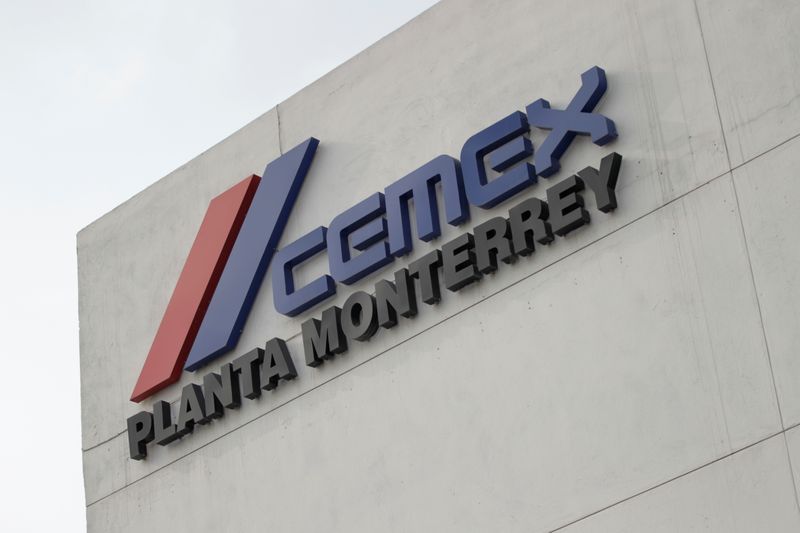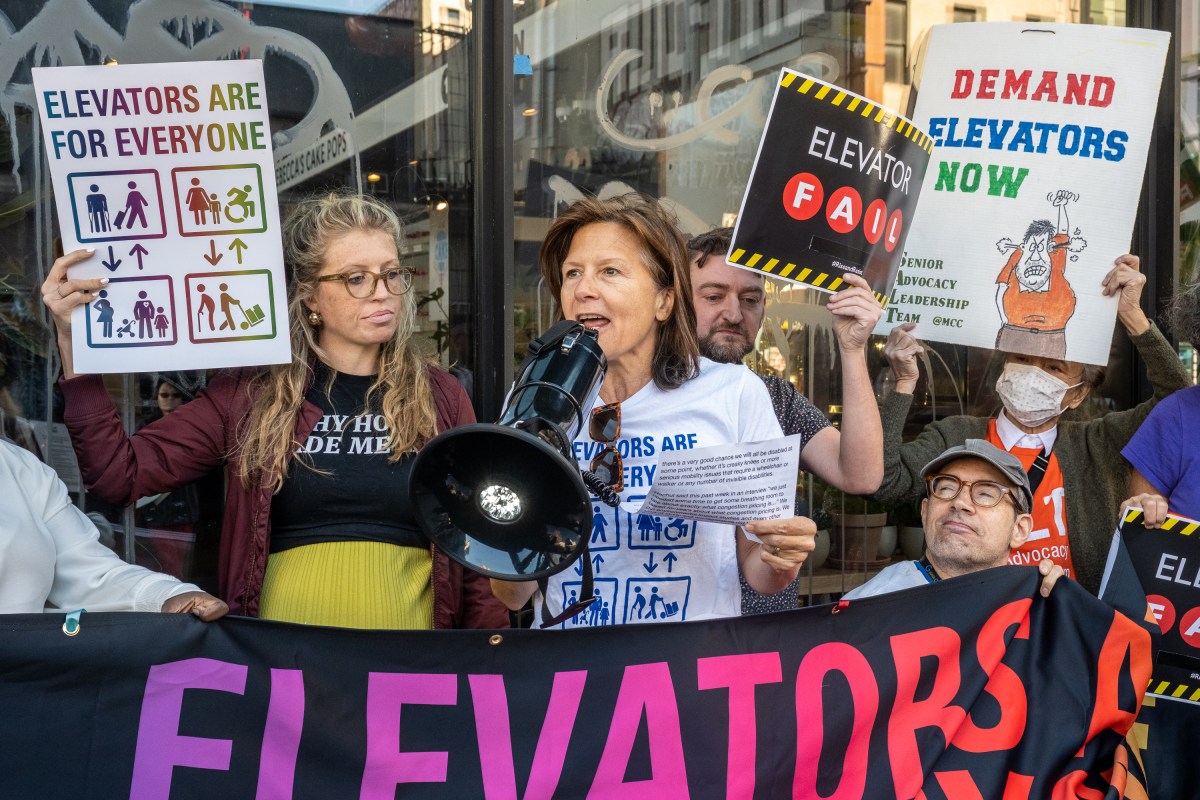MEXICO CITY (Reuters) – Cemex, North America’s biggest concrete producer, has vowed to slash carbon dioxide emissions by 40% before 2030 and to eliminate them by 2050, ambitious goals reflecting growing pressure on the industry from regulators and investors.
But steep challenges in technology, cost-control, environmental regulation and building-code compliance could snarl the effort, underscoring the difficulty in cleaning up an industry that is among the world’s biggest greenhouse-gas emitters, according to interviews with Cemex officials, cement and concrete industry groups and specialists in industry emissions.
Cement, a key ingredient in concrete, contributes about 8% of global carbon dioxide (CO2) emissions, according to Chatham House, a London think tank. That’s far more than global aviation, according to data from the Air Transport Action Group, an industry group. The cement industry produces more CO2 than any nation except for the United States, China and India, according to the International Energy Agency. (See graphic https://tmsnrt.rs/3dq4PPN.)
The industry emits carbon dioxide at every step of the manufacturing and supply chain, making it particularly difficult to reduce emissions. The CO2 pollution starts with mining of limestone and continues with the chemical process used to turn it into cement, the power for factories and kilns, and the fuels for shipping it worldwide for projects from patios to skyscrapers.
The challenges facing Cemex are common across the industry, and other major cement and concrete makers – including Breedon Group, Asia Cement and UltraTech Cement – have set similar targets for producing “carbon-neutral” concrete. Cemex may have a harder time than some firms, however, because construction codes in the United States – one of its most important markets – don’t allow many alternative cement ingredients that could lower manufacturing emissions.
Skeptics of the industry pledges say the companies are relying largely on carbon-capture technology that remains unproven and uneconomical. Further, they contend, the companies can’t meet their climate goals without the cooperation of regulators, architects, builders and consumers all enabling the shift to lower-carbon processes and materials.
“We’re talking about some really, really ambitious goals for what is arguably the hardest industrial sector to decarbonize,” said Gaurav Sant, an engineering professor at UCLA and director of its Institute for Carbon Management. “Pending major technological breakthroughs, it’s not clear to me how they’re going to be met.”
The Cemex pledge applies only to its concrete, not its cement. But meeting the concrete goals will necessarily involve major emissions reductions in cement-making, which produces the bulk of the industry’s CO2 emissions.
Cemex and other companies also plan to use offsetting programs to meet their goals. That involves separate investments in projects that reduce emissions – such as mass tree-plantings or solar-power farms – to offset the carbon produced by polluting industries. Cemex, however, said offsetting will represent only a small portion of its planned reductions.
The central challenge facing the cement industry reflects that facing all polluters: Cutting emissions without cutting profits. Cement sells so well, after all, because it’s relatively cheap. The sector’s growth also depends on demand from developing countries, where builders can ill-afford more costly materials.
CEMEX has a new concrete, branded Vertua, that’s made with lower-emission products and processes that sells mostly in Europe. But it costs up to 50% more, a premium the company says can be justified by faster drying times that speed construction.
Cemex says it can meet its climate goals by using renewable energy, carbon-capture technology, and alternative fuels in the kilns used to make cement. Davidé Zampini, Cemex director of Research and development, said the company is “quite confident” it can meet or exceed its environmental goals “if we do some technologies right, and we really hit a home run.”
That confidence prompted the company in June to raise its goal for emissions reductions by 2030 to 40% from 35%. Cemex said it plans to spend $60 million annually on that effort.
Cemex officials acknowledge, however, that success relies on further development of carbon-capture technology and on favorable regulatory regimes in nations where it operates to encourage waste recycling, alternative fuels and greener cement and concrete ingredients.
“We will actively advocate in our markets” for such regulatory changes, said Cemex Chief Executive Fernando González in a virtual presentation in June.
MOUNTING PRESSURE
Governments and investors worldwide are pressuring companies to reduce greenhouse-gas emissions. Billionaire climate activist Bill Gates recently put cement in the spotlight when he called it the most concerning sector in the effort to reduce greenhouse-gas emissions.
Concrete is the world’s most popular man-made building material. Cement makes up between 10% and 15% of the typical concrete mix but produces much of its CO2 emissions.
The emissions start with mining raw materials such as limestone and crushing it to prepare for a process called calcination. That process – a huge source of CO2 – involves heating the raw materials in massive kilns, often powered by coal or natural gas, at temperatures up to 1,450C (2,642F). The heating produces marble-sized balls known as clinker, which are then ground up and mixed with other ingredients to make cement.
Cemex officials said the company plans to lower emissions in part by using clinker substitutes that are byproducts of other industrial processes, such as burnt shale oil or glass furnace slag.
It plans to eventually outfit plants with carbon-capture technology, which aims to capture emissions from industrial activity and store the CO2 underground. Oil firms also use captured carbon by injecting it into wells to release oil.
Cement and concrete firms sometimes get help from governments along with the pressure to reduce emissions. Cemex, for instance, was recently awarded $6.5 million in U.S. federal grants to develop carbon-capture technology.
Other times governments put up obstacles to cleaning up the concrete business. In Mexico, where Cemex is based, President Andes Manuel Lopez Obrador has other priorities. The administration encourages the use of oil-and-gas from state oil firm Pemex. The administration doesn’t specifically oppose renewable energy, but its policies favor domestic companies over foreign firms, which has slowed development of renewables.
That makes it unlikely that more renewable energy will be available or affordable to companies such as Cemex under the administration, said Vicente Saisó, the firm’s sustainability director.
“It’s a very tough situation we are facing,” Saisó said.
Lopez Obrador’s office declined to comment.
RESTRICTIVE U.S. BUILDING CODES
Cemex officials said their plans for climate-friendly concrete would also require major regulatory changes to building codes in the United States, which accounts for about 22% of its sales. Building standards and codes for some U.S. projects can be “completely restrictive,” Saisó said.
The ingredients in U.S. concrete are typically mandated by local building codes and are based on Portland cement, a common variety since the 19th century. They often do not accommodate new, lower-carbon mixes that companies including Cemex are developing, Saisó said.
Officials from the U.S.-based Portland Cement Association (PCA) said they support more climate-friendly products but they cited liability fears as a hurdle for architects and engineers in adopting them. Industry experts say concrete products made using greener ingredients are capable of providing the same strength and safety as those using Portland cement.
Cemex has an easier time producing and selling greener concrete products in Europe, where taxation on energy and pollution under the EU’s new Green Deal encourages a switch to cleaner alternatives. The EU also has an emissions trading system that essentially charges facilities for emitting specific amounts of carbon dioxide.
That type of regulation has driven updates to Cemex’s European operations, including a more efficient kiln at its plant in Rudniki, Poland, resulting in a 16% drop in carbon dioxide emissions since 2018. The company also has set a higher bar for itself in the region, targeting a 55% emissions reduction by 2030.
“Good regulation that incentivizes us to both remain competitive within Europe, and to drive our carbon reductions, is welcome,” said Andrew Spencer, vice president of corporate affairs for CEMEX Europe.
(Reporting by Cassandra Garrison; editing by Frank Jack Daniel and Brian Thevenot)


























